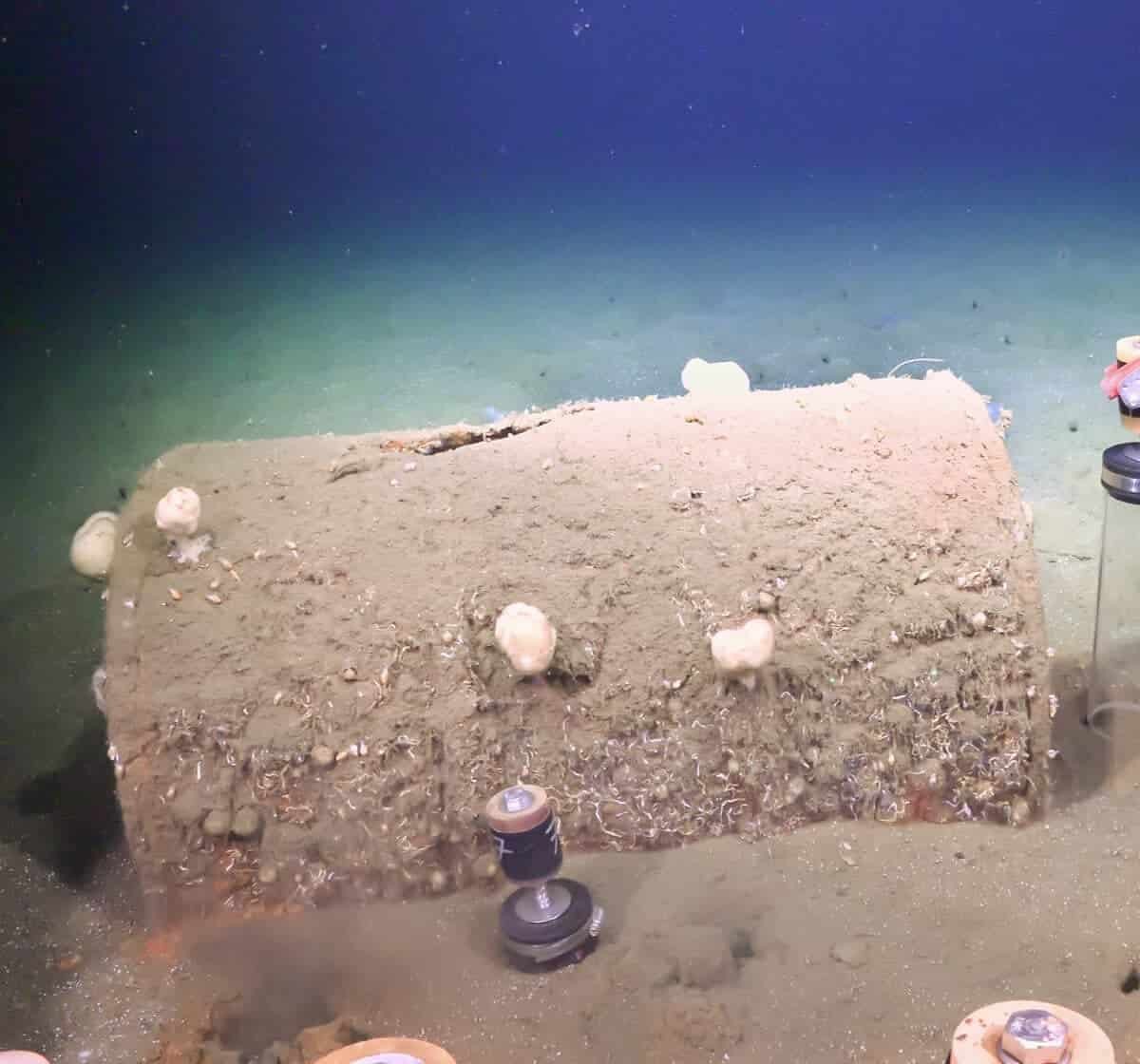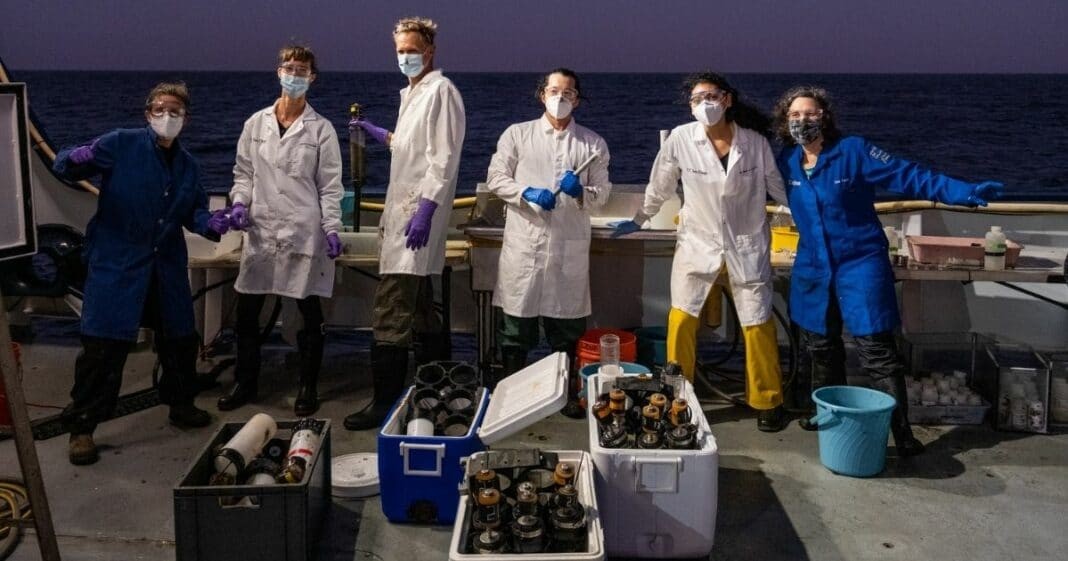Marine scientists from the Schmidt Ocean Institute recently completed a 12-day expedition off the coast of Southern California to survey the biodiversity of deep-sea areas rich in minerals that are of interest to deep sea mining developers around the world.
The expedition, which covered 5,310 square miles (13,753 square km), explored nine deep sea sites, including an offshore site where possibly hundreds of thousands of barrels of toxic waste from the production of the insecticide DDT were dumped from 1947 to 1982.
With an underwater robot, the team of scientists from UC San Diego’s Scripps Institution of Oceanography and the US Geological Survey collected sediment and biological samples around six barrels to understand potential ecological effects of the dump site and to determine the levels of DDT present in the ecosystem after more than 50 years. The site had been surveyed previously by scientists from UC Santa Barbara and Scripps on previous expeditions.

The goal of this month’s expedition was to establish mineral and biological baselines in the area known as the southern California Borderland, which contains marine mineral types that have mineral resource potential in other regions of the oceans and can be used for comparison. The area contains rare earth marine minerals such as ferromanganese crusts and phosphorite that contain minerals and metals used in the making of electronics, electric car batteries, solar panels, and other green technologies.
According to Wendy Schmidt, co-founder of Schmidt Ocean Institute:
“We are just beginning to understand the valuable resources of our ocean ecosystem. We can’t protect what we don’t know and understand, and the human impact on our ocean over the past 75 years has had a detrimental effect on its health and on the many ocean systems that support life on land. We expect the knowledge gained from this expedition will inform policy, management and stewardship of the deep sea, so that episodes of dumping toxic waste, such as this one, will not happen again.”
The 12 expedition dives were broadcast live to on Schmidt Ocean Institute’s social media channels. During one of the dives to explore the DDT site, scientists discovered a whale fall — the seafloor location where the remains of a whale come to rest. Scientists also identified a new area of methane seepage. Marine biologists consider both areas a focus of specialized research because of the unique habitat they create.
According to Chief Scientist Dr. Lisa Levin, a professor of biological oceanography at Scripps Institution of Oceanography:
“Establishing ecological baselines in the deep sea allows us to track changes over time and better understand the consequences of human actions. The DDT dump site provides evidence of a large human footprint in the deep ocean, but we are just starting to identify the effects on local marine communities.”
The information the team collected at the DDT barrel disposal site will be compared to animals and microbes at more distant sites in order to assess the current concentrations and effects of DDT in the region. The samples will return to Scripps, where scientists will conduct further analysis and DNA sequencing.
Check out the Schmidt Ocean Institute’s YouTube channel here.

